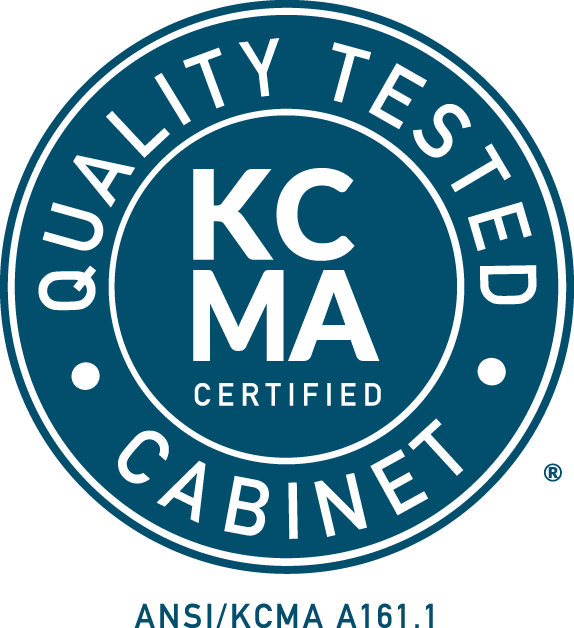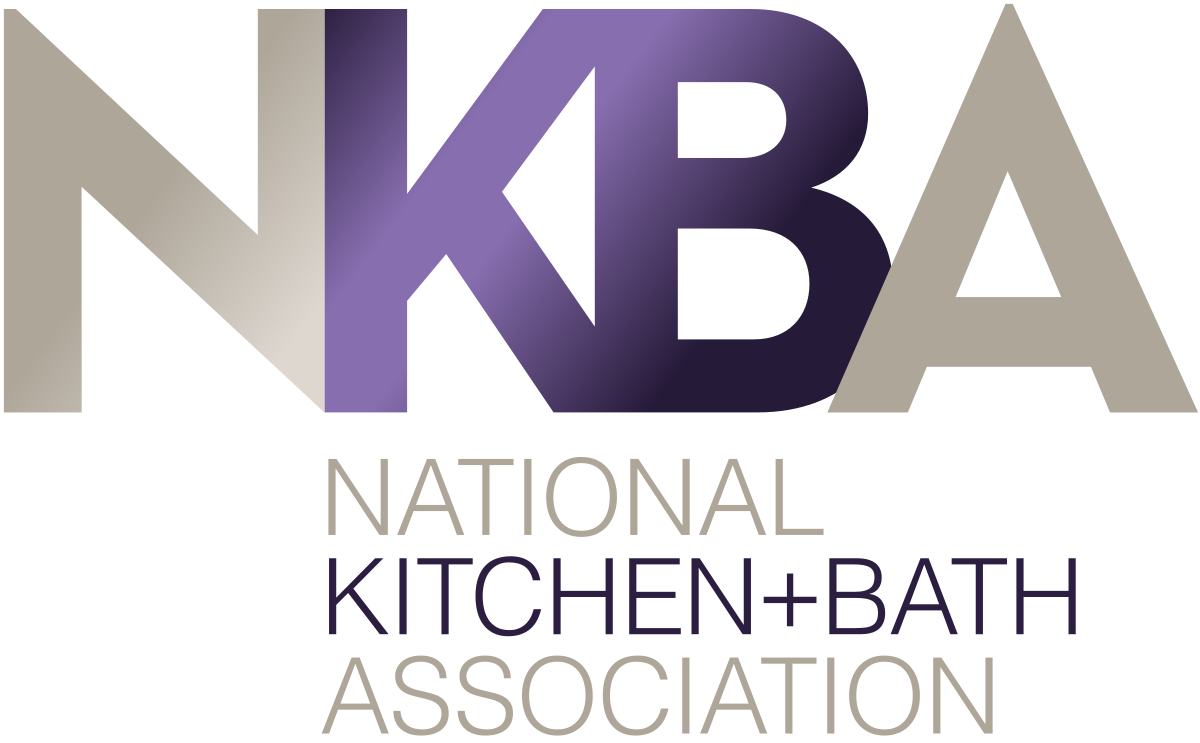To maintain the beauty of your wood cabinets, simply care for them as you would any fine furniture. Lanz Cabinets uses state of the art ultraviolet-cured finishes and quality lacquers, which do not require wax. But, should you decide to wax your cabinets, use a wax that does not contains cleaners. Apply with a clean soft cloth and buff with a clean dry cloth.
Mild soap and water may be used to clean oil, grease, or other material from wood surfaces. All soap residues should be rinsed by using a clean damp cloth. Immediately dry with a clean dry cloth.
Wipe the cabinet surfaces with a clean, soft, damp cloth and dry with a clean, dry cloth. Most stains will wipe off and leave no residue, if it does, refer to heavy cleaning.
While most Lanz doors are resistant to moisture damage, failure to dry your cabinet may result in finish damage and possible damage to the underlying wood.
Doors and cabinets with laminate or PET plastic surfaces are manufactured using materials that are designed for easy care. Years of service and beauty can be maintained by the following easy-care suggestions.
Oils, grease, and other soils that do not clean with water may be removed using a solution of mild soap and water. The surface should be rinsed immediately with a clean, damp cloth and dried thoroughly.
Clean all spills immediately using a clean soft cloth dampened with clean water, then dry immediately wiping away any residual moisture.
While most Lanz doors are resistant to moisture damage, failure to dry your cabinet may result in finish damage and possible damage to the underlying wood.
As with any working part, our hinges or drawer guides may become loose over time and therefore should be checked periodically and tightened as necessary.
These may be hidden using touch-up furniture polish or marker on shallow scratches, or by using a color matching wood tone putty on deeper scratches or nicks. Buffing with a light coat of wax will aid in blending into the surrounding area.
Quality furniture such as these cabinets cannot withstand constant washing or exposure to water. Immediately dry off any areas where water has spilled. Keep all surfaces dry.




Nitrogen-containing compounds, such as ammonia, can damage the finish of your cabinets. Avoid using detergents, strong soaps, or abrasive cleaners, as they may be harmful to the finish.




While spray waxes may temporarily increase the sheen of your cabinets, the build-up will eventually need to be removed, which may damage the finish. Do not use wax on thermofoil doors or laminate surfaces.




When our cabinets are mounted by a Lanz Cabinet installer or mounted according to our instructions, each square foot of shelf will safely hold up to 25 pounds but not to exceed 450 pounds total weight per cabinet, when applied slowly, over five minutes.
Concealed breadboards are non-porous, making them safe for food handling. Designed to be washed in the dishwasher for cleaning and sanitizing. We recommend you remove the breadboard from the dishwasher before the drying cycle to prevent warping.
To avoid trapping moisture in the cabinet, make sure it is completely dry. For deeper cleaning, deodorizing, and whitening, make a paste made from equal parts of baking soda, salt, and water, and scrub.
The Kitchen Cabinet Manufacturers Association (IKCMA) tests drawers and drawer guides with 15 pounds per square foot of drawer load and operates the drawer repeatedly (25,000 cycles) to test for durability and load handling capabilities.
The drawers and guides we offer at Lanz Cabinets are designed to meet or exceed these specifications. Please see your chosen guide for actual details and limitations.
©2021 Lanz Cabinets All Rights Reserved | 3025 West 7TH Place Eugene, OR 97402 | 541.485.4050




©2021 Lanz Cabinets All Rights Reserved
3025 West 7TH Place Eugene, OR 97402 | 541.485.4050


©2021 Lanz Cabinets All Rights Reserved | 3025 West 7TH Place Eugene, OR 97402 | 541.485.4050

